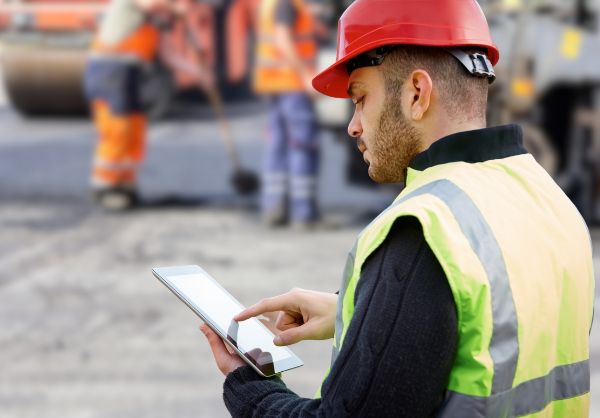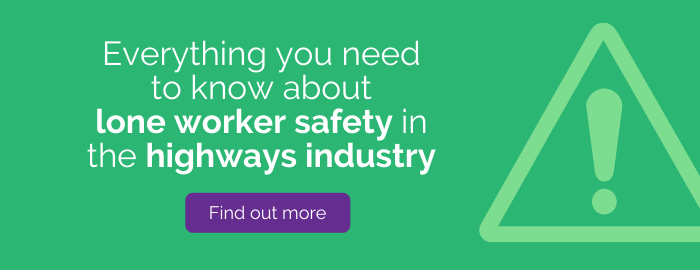
There are estimated to be eight million lone workers within the UK workforce. It’s a figure that continues to rise as more businesses move to flexible and remote ways of working.
Protecting the safety, health and well-being of these lone workers poses specific challenges for employers. But determining who is a ‘lone worker’ and how best to protect them isn’t easy.
Here’s a look at the issue.
What is a lone worker?
The Health and Safety Executive (HSE) defines a lone worker as ‘someone who works by themselves without close or direct supervision’. It’s a general description that covers a whole load of different situations - from a home-working accountant to a highways inspector.
The types of lone worker roles include those who:
- Work alone at a fixed base - petrol station attendant, shop worker
- Work outside of normal hours - security, cleaners, maintenance
- Work away from a fixed base - delivery drivers, health-care workers
- Work from their home - marketing, accountants, graphic designers
It’s important to note that a lone worker doesn’t have to be somebody who operates on their own. A lone worker can be part of a team with aspects of the role requiring them to be in a separate location and without any direct supervision from colleagues.
Why are more people operating as lone workers?
The increase in lone working is part of a more general shift in working practices. This change is driven by digital technology and the growing influence of online solutions and real-time communications.
These changes allow managers to remotely schedule and monitor the work of a mobile worker, with GPS tracking and real-time status updates. Technology also plays a vital role in helping to protect lone workers with safety monitors and alerts.
What does the law say about lone workers?
There is no specific UK legislation that requires an employer to have a policy or separate risk assessment for lone workers.
These are commonly created, however, to meet the more general legal duties that exist to protect the health, safety and welfare of all workers. These are set out in:
- Health and Safety at Work etc Act
- Management of Health and Safety at Work Regulations
These legal responsibilities cover all lone workers - whether they are contractors, self-employed or volunteers.
What are the risks posed by lone working?
The risks vary depending on the type of work but common factors include:
- Medical emergency
- Risk of violence
- Stress and well-being
- Compliance and training
Medical emergency
If a lone worker has an accident or becomes injured while working remotely, what processes do you have in place to handle the situation?
This means having effective emergency procedures in place and exploring ways that technology can be used to automatically raise the alarm when a lone worker is not responding.
Risk of violence
Mobile workers can often find themselves threatened with violence while operating remotely. This could be a confrontation with a customer, robbery of equipment or simply being in the wrong place at the wrong time.
Support and training are required to identify potential risks and put adequate safety precautions in place. This can include training, smarter scheduling and the use of panic alarms.
Stress and well-being
Lone working can place particular stresses on an employee’s mental health. An example would be a delivery driver who is having to meet tough deadlines without support from other workers.
Managers need to be aware of the risks and have processes in place to monitor stress levels and use better communications to make sure lone workers feel connected.
Compliance and training
Making sure that lone workers are operating safely and following the required protocols is a constant challenge. Without proper monitoring, poor safety will only be identified when it’s too late - when an accident happens.
Good communications and the use of tools to monitor the performance of lone workers is vital. Cloud-based management systems allow safety processes to be monitored in real-time with managers alerted when problems arise.
Want to know more about lone worker safety tools?
Find out how MyMobileWorkers can help to protect the safety of your lone working employees here.
Want to know if you're doing enough to keep your workers safe? Find out in our essential guide to road worker safety.


